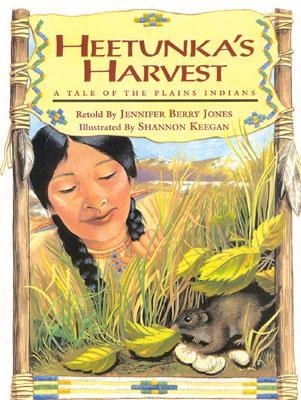Sometimes, I get really great ideas that I know
must work out just because they're such darn good ideas. I don't think a lot about how practical these ideas are, or how to go about implementing them, or whether I even have the time or energy to invest. I dive head-first and don't look back until about two weeks later when I realize that it might not have been such a great idea after all.
My first really big Pagan Fail was with a Slavic Goddess, Zorya Utrennyaya. I had recently started mapping my ancestry and talking to my grandmother about her family's history, and learned that my German ancestors on that side actually considered themselves Polish, and at various historical points the family land had also been under Russian control. I don't think that's unusual for that part of the world, but it got me thinking a lot about Slavic culture. There's not a lot out there on Slavic Paganism that's not in one of the Slavic languages, and in my excitement I wasn't all that interested in resources, anyway. I decided to just look around at the well-known deities and see if I could find one that clicked. (Turns out this isn't the best way to honor one's ancestry. Who knew?)
Zorya Utrennyaya is one of a pair of deities, often referred to collectively as the Zorya. She is the Goddess of the morning star, who opens the gates for Her father, the son, in the morning. I've always had a certain affection for the morning star, and so I sort of latched on to Her, ignoring or not bothering to research Her attestations as a Goddess of war and a horse Goddess. Being a horse goddess is often connected to sovereignty and the dangerous sides of female nature, as compared to a cow goddess who provides for and feeds the people in a more motherly capacity. And of course, in my mind, being a goddess of the dawn automatically made Her a spring goddess as well, with all those fertility and renewing characteristics!
I held a rather elaborate ritual, crafted to reflect the dawn and spring and flowers and all those fluffy-love-new-life things, and invited Zorya Utrennyaya to be my deity of the occasion. I spoke to Her about my ancestry and all these wonderful plans I'd made to honor Her just as they would have, and would do so in the future every spring equinox. It was here that I finally received a "stop it right now" vibe. I wasn't really sure what to do, but everything was just feeling all wrong. In ADF Druidry, you typically use some sort of divination towards the end of the right to get a feel for what the deity of the occasion is feeling; I pulled a few runes to see why things were going so badly all of a sudden. I'm usually a bit of a waffler when interpreting - it could be this, could mean that - but the message was so clear. "Turn around. This is not your place".
What? At the time, I didn't understand at all why things hadn't gone well. In retrospect, I could have been
way more respectful in the way I approached Her; but I think the biggest issue was my conception of Her wasn't at all an accurate reflection of any part of Her. Of course deities are big and have many 'jobs', but I still get the overwhelming sense that spring-fertility-flowers is
not within the provenance of Zorya Utrennyaya.
The story has a happy ending. I'm not sure if it was a pull from the Saxon deities or a push from the Zorya, but when I'd recovered somewhat from licking my wounds, I picked up Alaric Albertssons's wonderful book
Travels Through Middle Earth : The Path of a Saxon Pagan. My bookmark rested on a page bearing the heading 'Eostre' - who is a dawn goddess, and\ a spring-fertility-flowers goddess as well! Happily She has been much more receptive to my (much more respectful) overtures.
The lesson learned: when approaching a deity, or any sort of spirit really, take some time to learn about who they really are. Cross-cultural comparison can be extremely helpful to hard polytheists like me, but we also must remember that the deities most often do not fit perfectly into archetypes (even Proto-Indo-European ones!)








